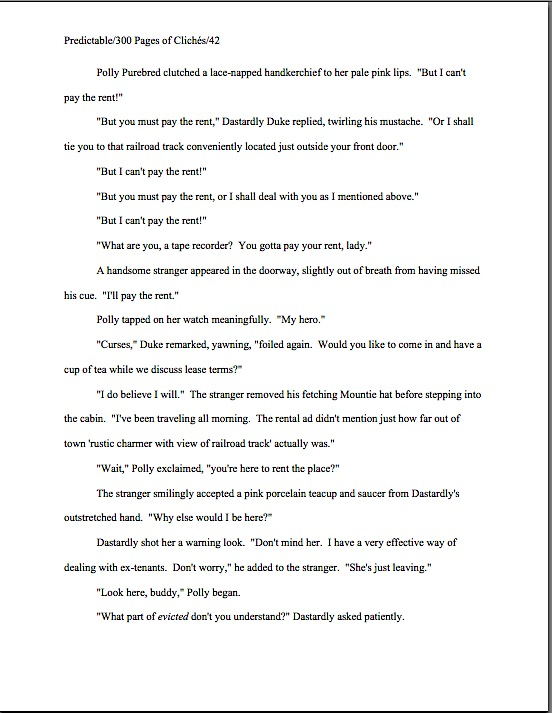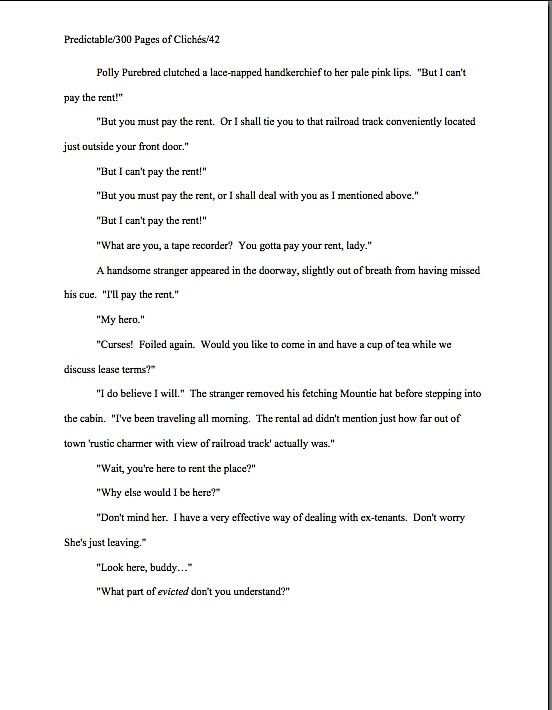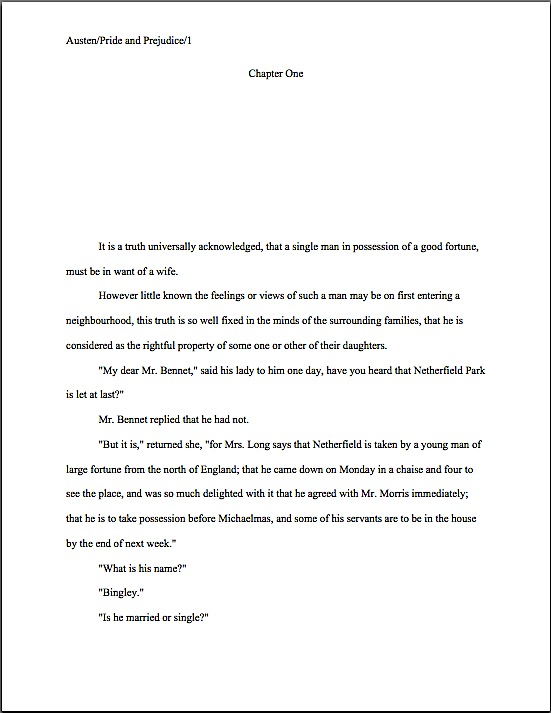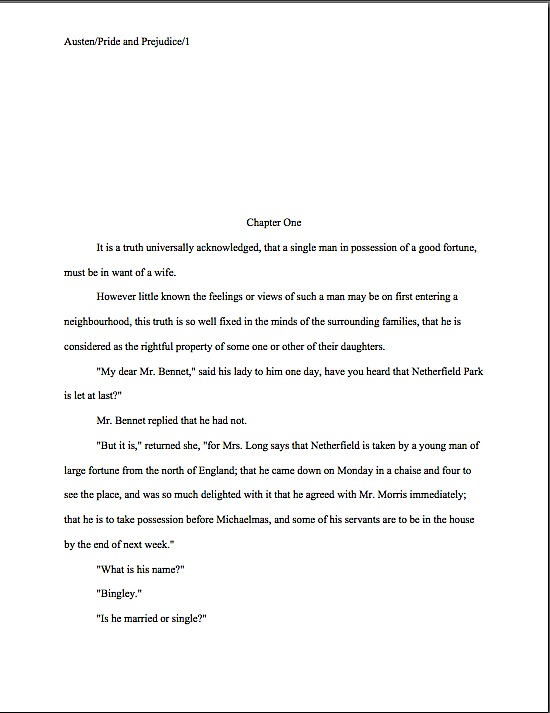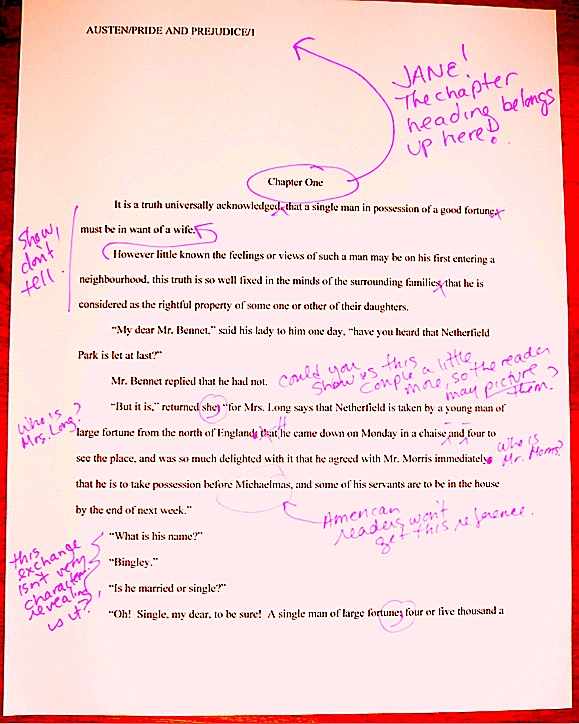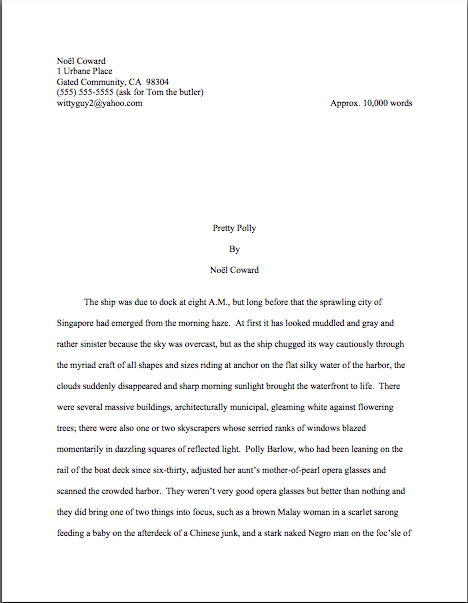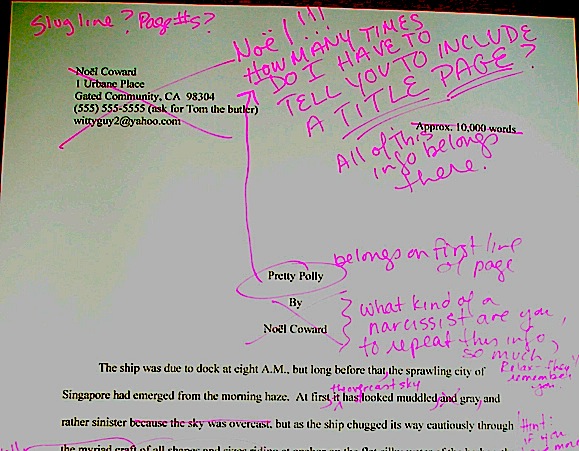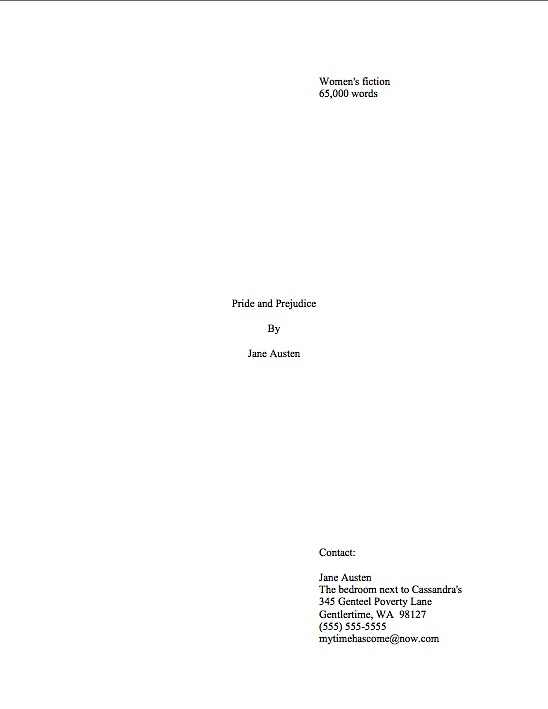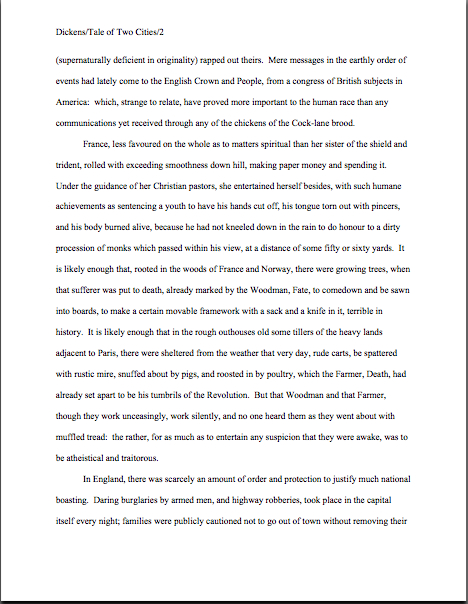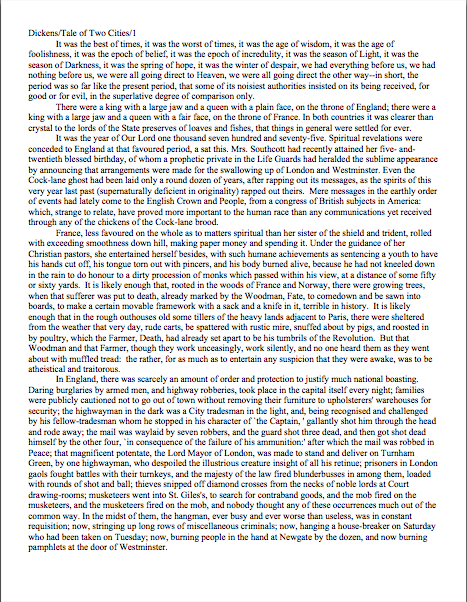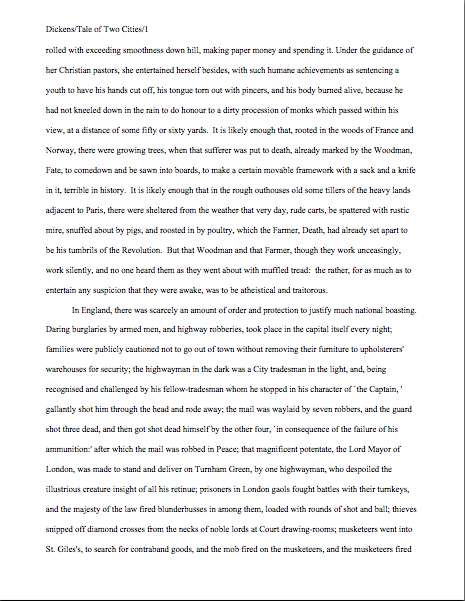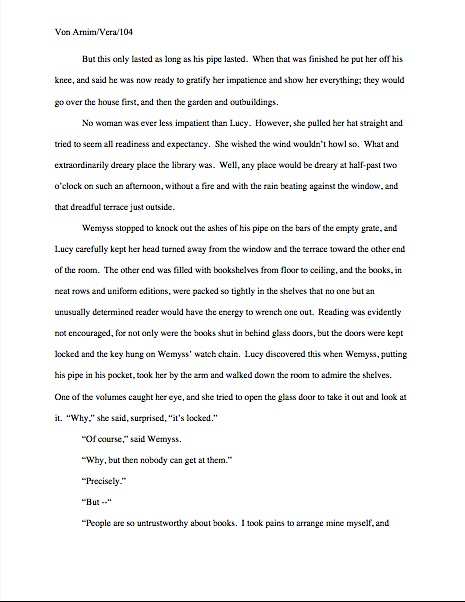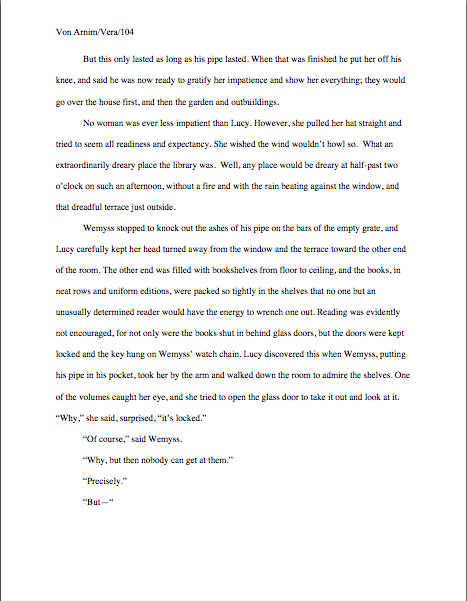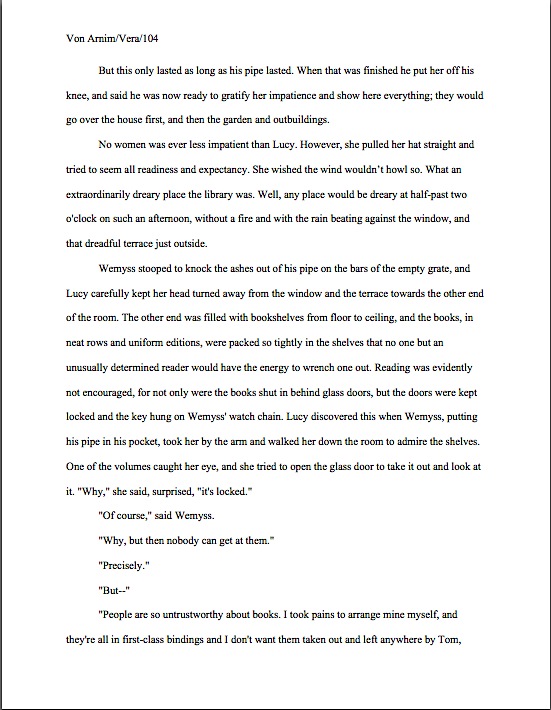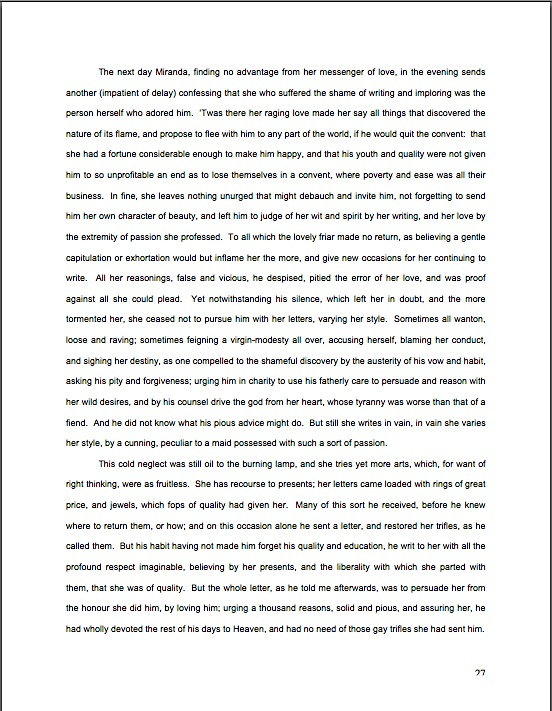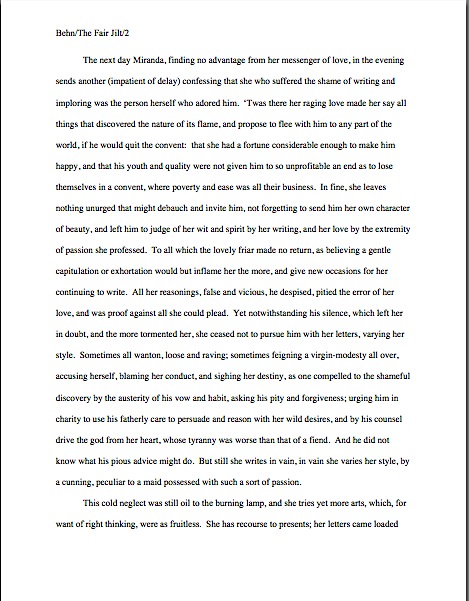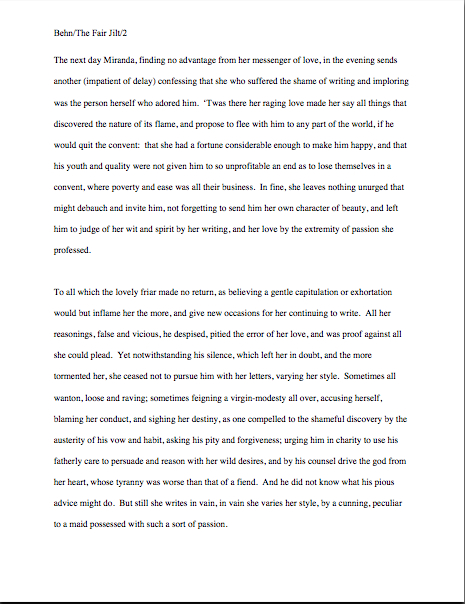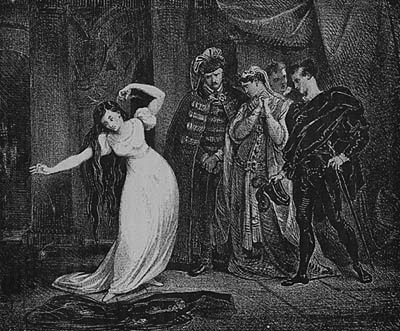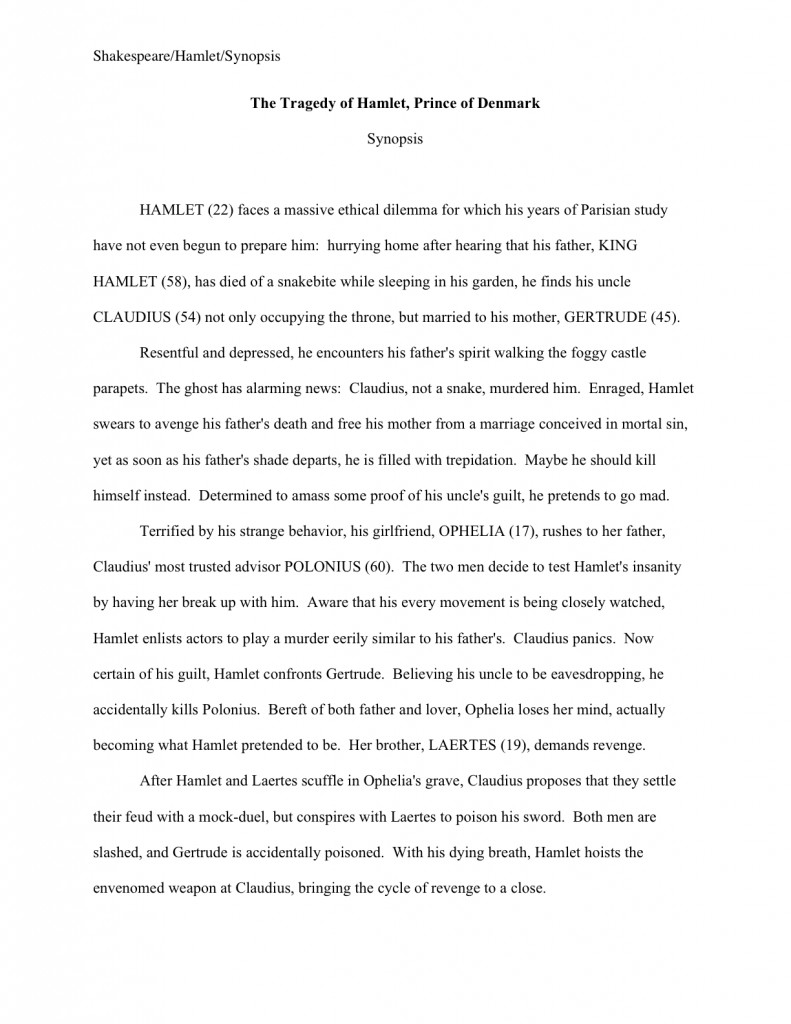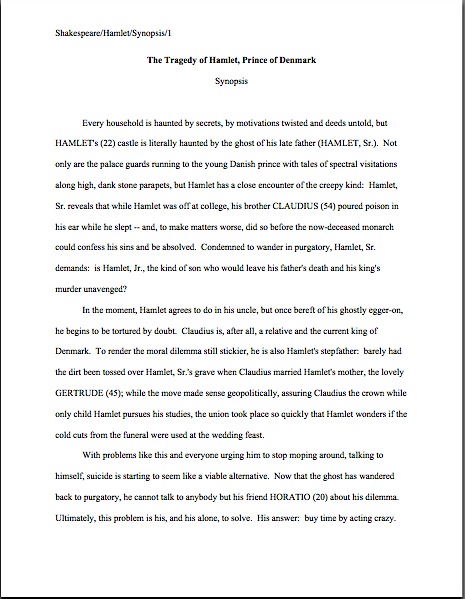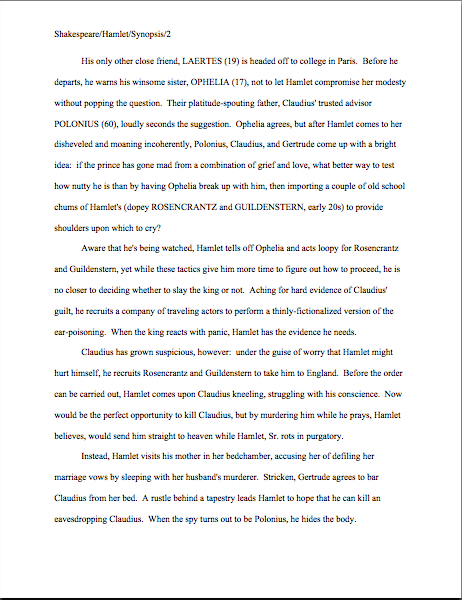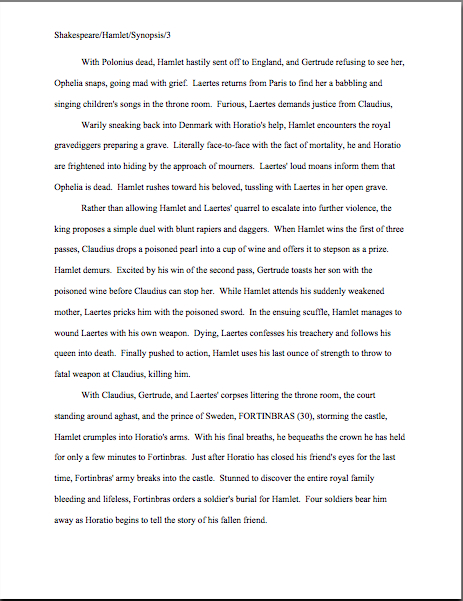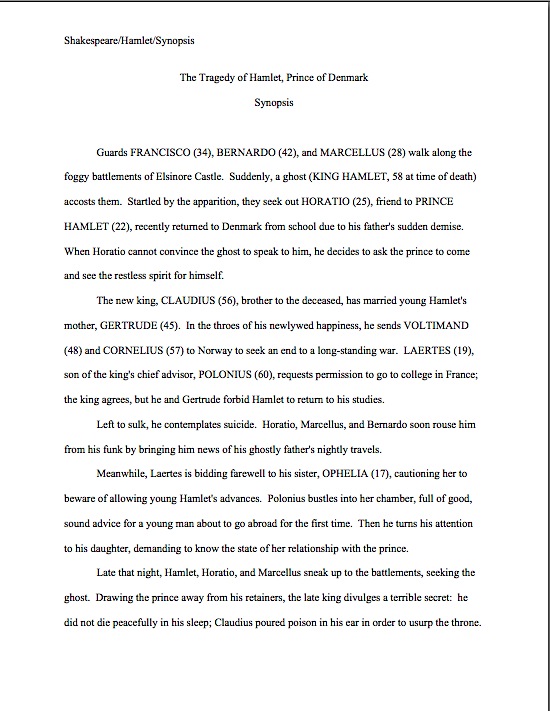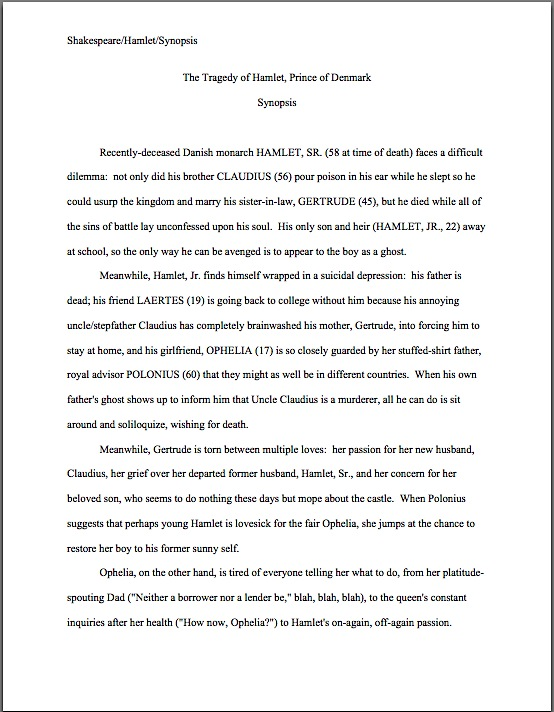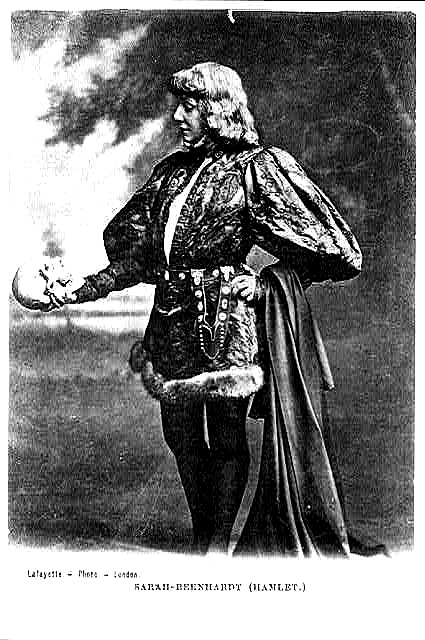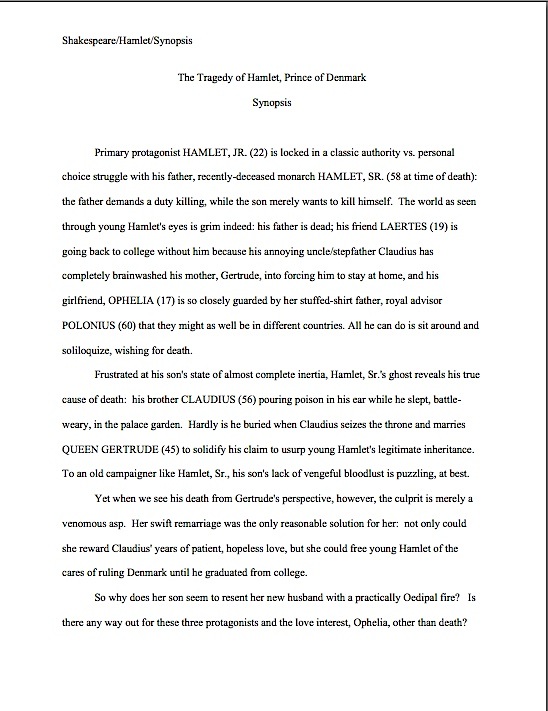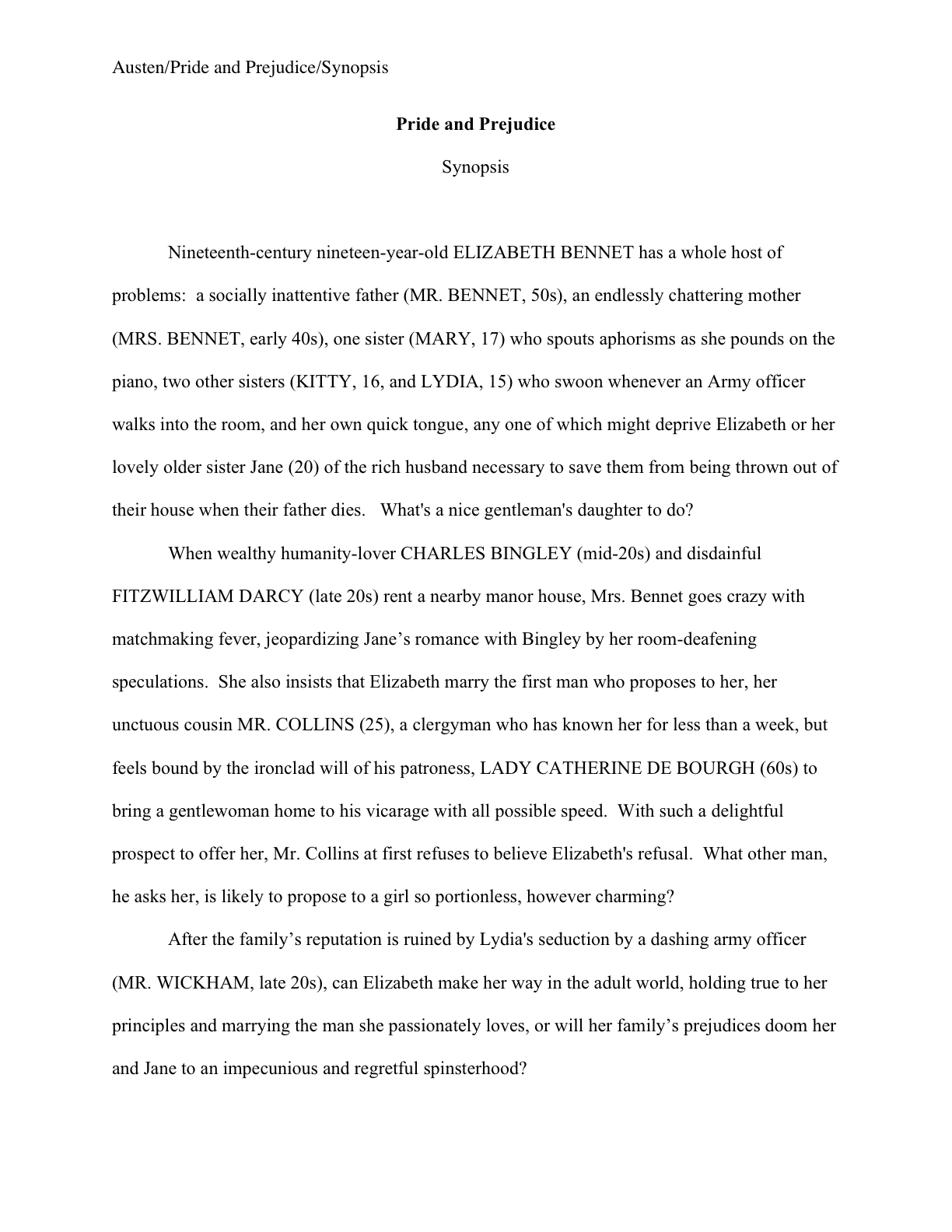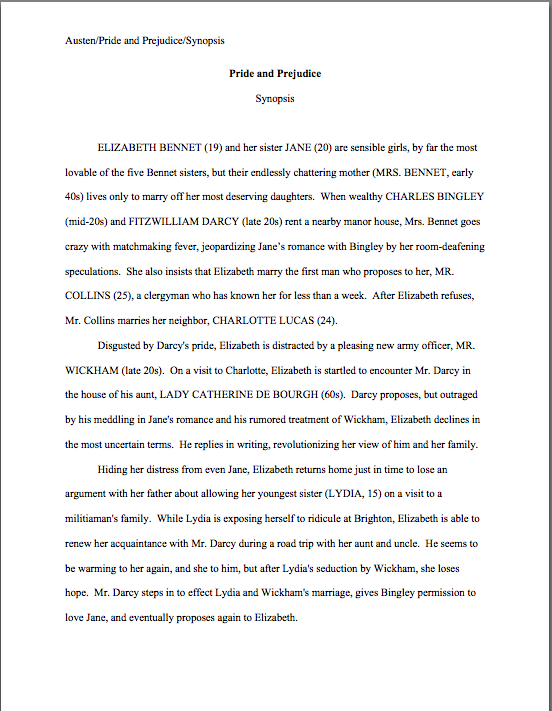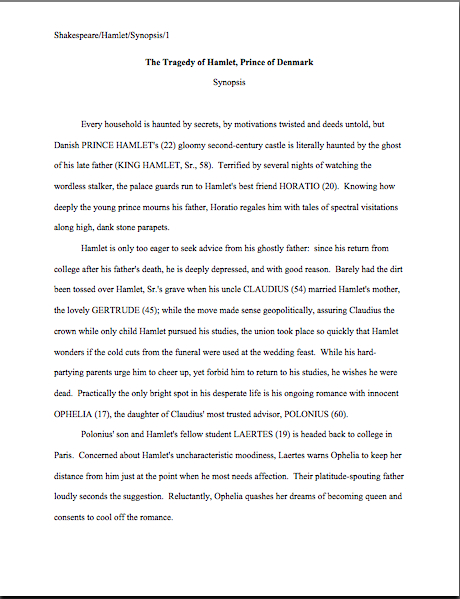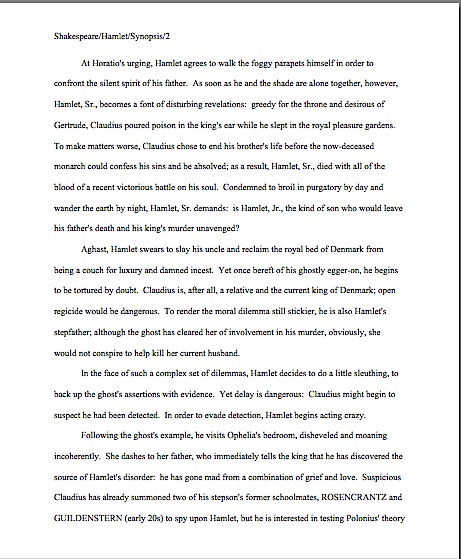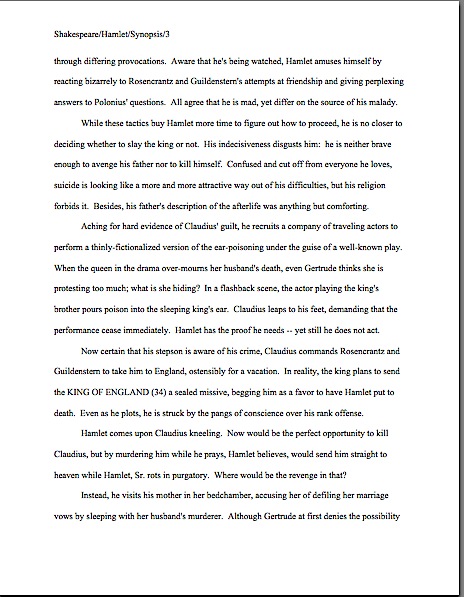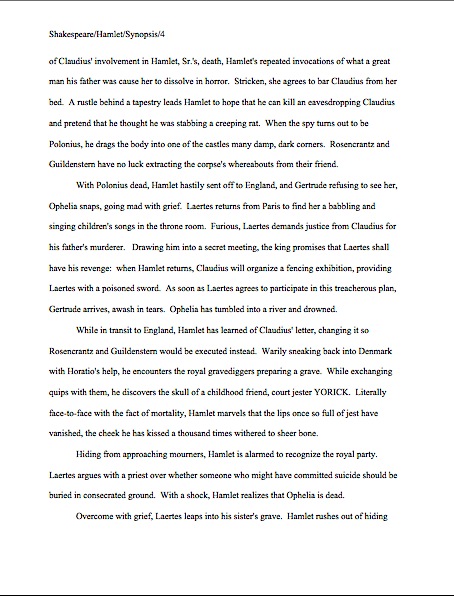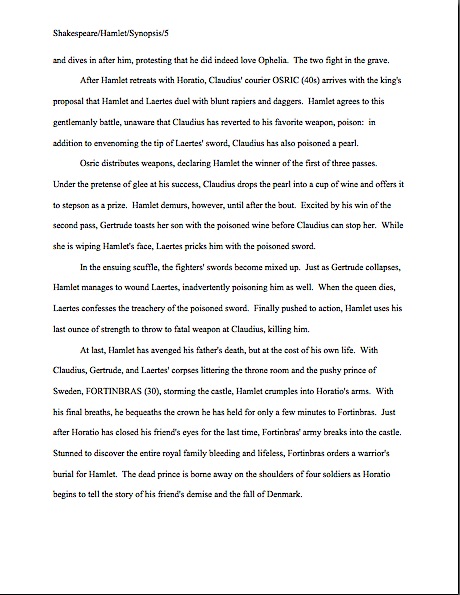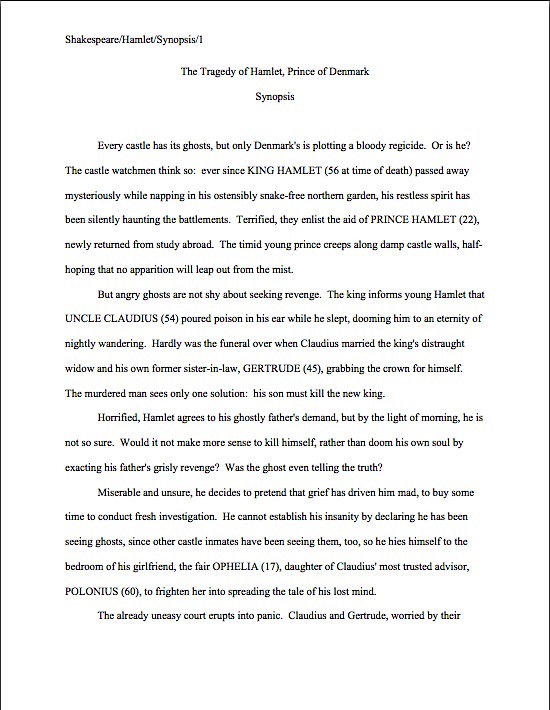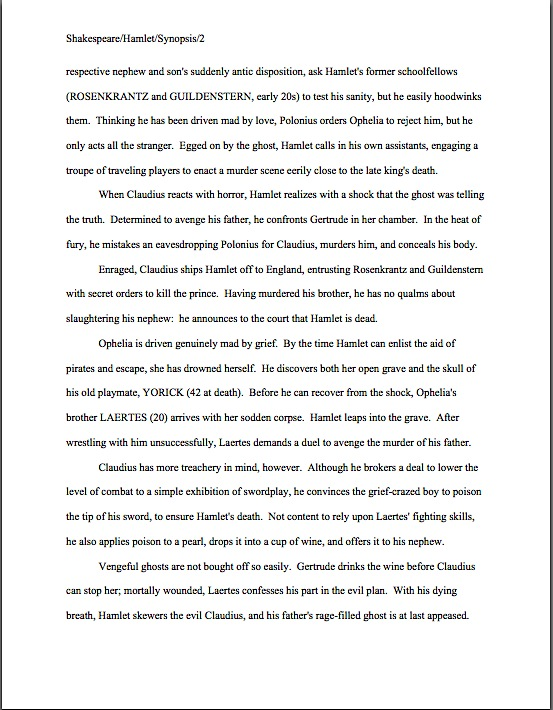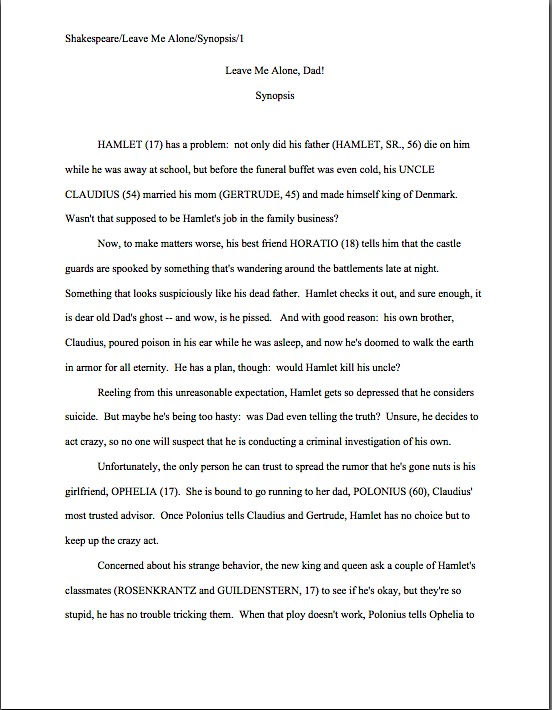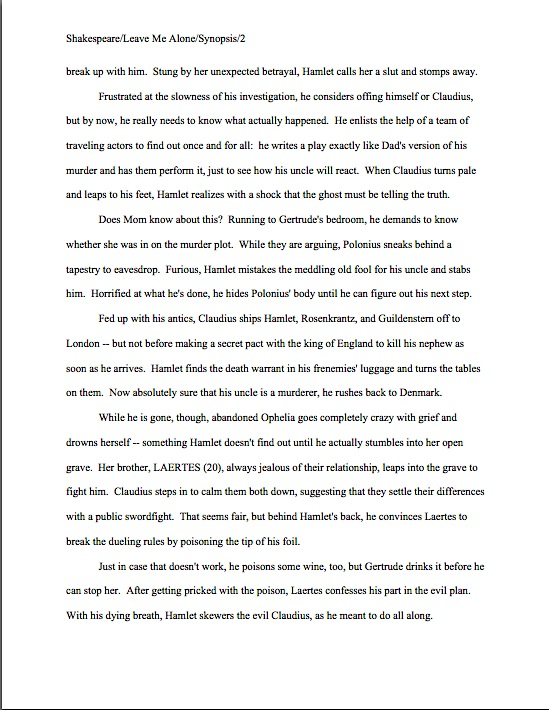Before I launch into today’s festivities, campers, I would like to call your attention to some festivities on this coming Saturday, April 9th. At 6 p.m., Seattle’s Wing Luke Museum of the Asian Pacific Experience will be holding its annual fundraising dinner and auction. A door prize for all attendees: a pre-release copy of Harold Taw’s The Adventures of the Karaoke King.
What a creative promotion idea, eh?
If Harold Taw’s name sounds familiar to those of you who have been hanging out here at Author! Author! for a while, it should: Harold is the long-time member of our little community whose first novel got plucked out of the plethora of entries in the Amazon Breakthrough Novel contest and brought to publication through AmazonEncore. I plan to be raising a toast to his book’s astonishing journey to publication at his book release party at Elliott Bay Books on April 27th, by the way, while folks are marking calendars; I’d love to lead the wave in an Author! Author! cheering section.
As eagle-eyed readers may have been able to discern through the lines of that last paragraph, I love announcing my readers’ triumphs along the long and bumpy road to publication. Keep that good news rolling in, everybody!
While we’re on the subject of subtleties of the tossing-a-brick-through-the-nearest-window variety — how’s that for a light-handed segue? — I’d like to devote today’s post to a species of manuscript problem that seems to be practically invisible to most writers who produce it. The fact that it is so hard for a self-editor to catch, however, in no way impairs its ability to irritate professional readers like our old pals, Millicent the agency screener, Maury the editorial assistant, and Mehitabel the veteran contest judge, to madness.
“Not again!” Millicent exclaims, her fingers itching to reach for the form-letter rejection pile. “This submission has gotten caught in a conceptual repetition loop!”
Surprising that a subtle problem could engender such a strong reaction? Don’t be: professional readers are trained to focus on the little stuff. Millicent in particular is trained to be on the look-out for typos, formatting problems, missing words, and all of the other signs that a manuscript is at least one revision away from being ready to market to editors.
Or, to express it in her terms, a submission that causes her itchy fingers to make actual contact with that stack of rejection letters. “Next!” she cries.
Yes, I know: I harp quite a lot on the importance of a manuscript’s being completely clean — at least in the opening pages — in order to skirt the specter of knee-jerk rejection, but I’m continually meeting very talented aspiring writers who complain about how often their work is getting rejected…but haven’t taken the time to remove, or even notice, the seven typos within the first two pages of their texts. While it’s certainly understandable that someone who wants to write for a living would be shocked or even horrified upon learning just how high professional standards actually are, this is no time to be in denial: assuming that one’s first draft is going to meet those standards without further revision or even proofreading has led thousands upon thousands down the primrose path to rejection.
Has that sunk in this time, or shall I play another verse on my harp? My fingers are all warmed up now.
To be fair, even writers who have been working on their craft for years are often stunned to realize that the pros pride themselves on noticing everything. And with good reason: contrary to popular opinion, to a pro, the proper use of language is an integral part of an author’s literary style and voice, not a purely cosmetic addition to it.
As a freelance editor, I find it fascinating how often aspiring writers equate Millicent’s focus on proper language use — which is part of her job, incidentally — with a dislike of good writing. In reality, quite the opposite is usually true: the people who choose to work in agencies and publishing houses almost invariably love beautiful writing and strong stories.
Paradoxically, this affection for the well-constructed sentence often renders reading a promising submission or contest entry more irritating than one where the writing just isn’t very good. “Oh, dear,” Mehitabel says, shaking her head regretfully over a page full of potential, “I hate it when this happens. If only this writer had taken the time to notice that he’s made the same point four times over the course of this scene, it would have been so much more compelling. Next!”
Seem like a petty reason to knock an otherwise well-written entry out of finalist consideration? Actually, it’s a rather common one. As I hope has become clear over the course of this series on notorious professional readers’ pet peeves, the manuscript problems that cause Millicent, Maury, and Mehitabel to rend their garments are not always major gaffes like an authorial indifference to punctuation or a storyline that provokes the ejaculation, “Huh?” every other line.
They see those kinds of submissions, of course, but astonishingly often, the irritant is simply a page of text that makes the same point too many times. Why, here’s an example of that species of scene coming along right now.
See if you can catch the subtle narrative problem that might elicit a cry of, “Next!” Actually, you might want to hunt for three of them.
“What is it you are trying to say, Carol?” With infinite care, Alphonse flicked the blindingly white tablecloth over the polished oak surface. “Apparently, I’m not getting it.”
She sighed. “We’ve been over this same ground thirty-seven times, Alphonse.”
He settled the cloth over the table. “Make it thirty-eight, then.”
“We don’t want to hold you back from other employment opportunities, Alphonse.”
“Nonsense.” He smoothed the tablecloth over the flat surface, checking for any lingering wrinkles his iron had missed. “It’s a pleasure to work here.”
“But Alphonse, we can’t afford to keep you.”
He lowered a fork into its proper place. “I don’t cost much, Carol. I live mostly on my tips.”
She pounded the table, making the fork dance. “Alphonse, you live entirely on your tips. We haven’t paid you in seven months.”
“Well, then,” Alphonse reached to nudge the fork back into line, “you can hardly complain that I’m overcharging you for my services.”
“Alphonse!” Carol shouted. “I’ve fired you thirty-seven times already!”
He smiled, apparently at the fork and spoon he had just placed. “Thirty-eight, isn’t it?”
She slumped. “I give up.”
Alphonse laid down a soup spoon. “You always do, Carol. You always do.”
Come on, admit it — by halfway through this excerpt, you wanted to shout, “Criminy, Alphonse, enough with the table-setting! Move on to something else.”
So would Millicent, and she has the power to enforce that preference. Being editorially trained, she’s more likely to express it as, “Um, couldn’t most of the inter-dialogue narrative have been replaced very adequately by Alphonse set the table with care?” but you get the picture, right? To an intelligent reader who is paying attention, attenuating the description of a process by mentioning each and every step can make a scene seem much longer than it is.
In a case like this, where the activity is not inherently interesting — he’s setting a table, for heaven’s sake, not cross-checking the details for the first manned flight to Venus — it can be downright irritating. That page space could have been used for far more fascinating ends.
We’ve discussed a version of this phenomenon before, right? The Walking Across the Room (WATR) problem dogs many a manuscript submission: instead of just stating that a character does something relevant, like answer a ringing doorbell, the narrative will describe him hearing the ring, rising from his seat, taking step after step across the room, opening the door into the hallway, passing down the hallway, approaching the front door, grasping the knob, turning it, and pulling.
All of which could quite nicely be summed up as The doorbell rang. Yves answered it., right?
The meticulous-minded have had their hands politely raised for the last few paragraphs. Yes? “But Anne,” process-huggers protest, “I don’t agree that Alphonse has a WATR problem. The passage above merely shows his attention to minute detail, showing (not telling) that he’s a perfectionist. That’s legitimate character development, isn’t it?”
Well, in a way, detail-hounds. Yes, it demonstrates character; it’s just not the most interesting way to do it. Nor are these details in and of themselves likely to hold the reader’s attention.
Hey, I wasn’t kidding about these problems being difficult to catch in one’s own work. To Alphonse’s creator, all of the mundane specifics above may well be gripping.
Remember, though, just because a character might conceivably perform an action isn’t necessarily enough reason to include it a manuscript. Since this is a process that it’s safe to assume every reader will have observed before, however, the page space would be better spent demonstrating his attention to detail in an activity with which most readers will be less familiar — constructing a multi-layered wedding cake, for instance.
Or at least one that tells the reader a little more about what kind of restaurant it is. Take a gander at how much more revealing this scene is if our Alphonse busies himself prepping the restaurant’s signature dessert.
“What is it you are trying to say, Carol?” With infinite care, Alphonse sharpened his personal paring knife — off-limits to the rest of the wait staff — on the whetstone he kept in his left pants pocket. “Apparently, I’m not getting it.”
She sighed. “We’ve been over this same ground thirty-seven times, Alphonse.”
He wiped the gleaming knife on his handkerchief. “Make it thirty-eight, then.”
“We don’t want to hold you back from other employment opportunities, Alphonse.”
“Nonsense.” Holding his breath, he began cutting the zest off an orange in one long strip. “It’s a pleasure to work here.”
She held her breath, too; if his blade slipped, the curly peel would be too short for the flames to dance down its liquored length to the customer’s coffee cup. “But Alphonse, we can’t afford to keep you.”
A perfect peel tumbled from his knife into the waiting silver bowl. “I don’t cost much, Carol. I live mostly on my tips.”
“Alphonse, you live entirely on your tips. We haven’t paid you in seven months.”
“Well, then,” Alphonse studded the peel with whole cloves, “you can hardly complain that I’m overcharging you for my services.”
“Alphonse!” Carol shouted. “I’ve fired you thirty-seven times already!”
He smiled, apparently at the brandy awaiting his match. “Thirty-eight, isn’t it?”
She slumped. “I give up.”
With a pointing finger, Alphonse laboriously counted all of the ingredients on his café brulôt cart. “You always do, Carol. You always do.”
Nice way to combine character development for him and information about the restaurant, isn’t it? By killing the proverbial two birds with one stone, the reader is not only treated to a more interesting process to observe, but is faced with far less repetitive and predictable activity throughout the scene.
Speaking of repetitive, did you catch the two subtle narrative problems remaining in the text? Hint: one is on the scene level, and the other is on the sentence level.
If you grasped the nearest tablecloth, waved it over your head, and exclaimed, “The constant name repetition is visually most annoying,” help yourself to an extra orange off Alphonse’s cart. The characters’ names are mentioned far too often than is necessary for clarity. Indeed, since the only two characters in the scene are of different sexes, the narrative sections could dispense with all but the first of those eye-distracting capital letters.
But the narrative repetitions of their names actually account for relatively few if the iterations. The real culprit here is the extremely pervasive phenomenon of having the characters address one another by name far more often than people actually do in real life.
As a group, aspiring writers seem to adore this. Editorial opinion on why varies: some of us maintain that writers tend to compose lines of dialogue in short bursts, rather than entire scenes, so they don’t notice how often their characters are barking their names at one another; others assert that writers just like the names they have picked for their characters to want to see them again and again. (It’s not all that uncommon for first-time novelists to believe that simply changing a name will completely destroy the reader’s conception of the character, as if the name choice were so significant that no other character development was needed or wanted.) The more practical-minded believe that writers sometimes overuse name repetition in dialogue deliberately, to make it easier for readers to follow who is speaking when; the more cynical think that writers repeat the names to remind themselves who is speaking when.
If it’s the last, it’s not a bad strategy — at the composition stage. Alternating lines of dialogue where the count has gotten off is another of Millicent’s pet peeves, after all. It’s surprisingly common in submissions, and it’s often an instant-rejection trigger. Proofreading each and every line of dialogue that does not contain a tag line (the he said bit that identifies who is speaking), then, can make the difference between Millicent’s remaining involved in a dialogue scene and “Next!”
At the polishing stage, though, the training wheels should come off: the extraneous name markers need to go. Fortunately, if the scene is clearly written, with each character’s dialogue being distinct from the other’s, these cuts can be made with virtually no cost to the story.
“What is it you are trying to say, Carol?” With infinite care, Alphonse sharpened his personal paring knife — off-limits to the rest of the wait staff — on the whetstone he kept in his left pants pocket. “Apparently, I’m not getting it.”
She sighed. “We’ve been over this same ground thirty-seven times, Alphonse.”
He wiped the gleaming knife on his handkerchief. “Make it thirty-eight, then.”
“We don’t want to hold you back from other employment opportunities”
“Nonsense.” Holding his breath, he began cutting the zest off an orange in one long strip. “It’s a pleasure to work here.”
She held her breath, too; if his blade slipped, the curly peel would be too short for the flames to dance down its liquored length to the customer’s coffee cup. “But we can’t afford to keep you.”
A perfect peel tumbled from his knife into the waiting silver bowl. “I don’t cost much. I live mostly on my tips.”
“You live entirely on your tips. We haven’t paid you in seven months.”
“Well, then,” he studded the peel with whole cloves, “you can hardly complain that I’m overcharging you for my services.”
“Alphonse!” she shouted. “I’ve fired you thirty-seven times already!”
He smiled, apparently at the brandy awaiting his match. “Thirty-eight, isn’t it?”
She slumped. “I give up.”
With a pointing finger, he laboriously counted all of the ingredients on his café brulét cart. “You always do, Carol. You always do.”
Did it surprise all of you self-editors that I kept Carol’s shout of “Ambrose!” That’s the one that has the strongest emotional resonance: essentially, she is trying to call him back to reality. Now that all of her other repetitions of his name are gone, it stands out as it should.
There’s one final pet peeve that remains uncorrected — and no, it’s not the dubiously-constructed clause about the pointing finger. I’ll give you a hint: there’s an improperly-formatted tag line haunting this scene.
Or, as Millicent would put it: “Studded is not a speaking verb! Neither is reach! Next!”
Not positive what she’s talking about? Okay, here are the offending sentence from each version, ripped out of context.
“Well, then,” Alphonse reached to nudge the fork back into line, “you can hardly complain that I’m overcharging you for my services.”
“Well, then,” he studded the peel with whole cloves, “you can hardly complain that I’m overcharging you for my services.”
See Millie’s point now? No? Okay, would it help to know that what the author originally meant was this?
“Well, then,” Alphonse said, reaching to nudge the fork back into line, “you can hardly complain that I’m overcharging you for my services.”
The problem lies in the first two versions of this sentence using reach or stud, respectively, as substitutes for said. Since only verbs that refer to speech may legitimately be used in a tag line, the end result is improper — and a misuse of that first comma.
How so? “Well, then,” he studded the peel with whole cloves, is a run-on sentence. In a tag line, the comma indicates that a speaking verb is to follow. So while this is correct:
“I’m coming, Harry,” Celeste said.
This is not:
“I’m coming, Harry.” Celeste said.
Nor is:
“I’m coming, Harry,” Celeste put on her hat.
Those last two look very wrong, don’t they? Yet you would not believe how often these errors appear in otherwise well-written dialogue. My theory is that it’s a Frankenstein manuscript phenomenon: aspiring writers may write tag lines correctly the first time around, but come revision time, they change the verb without noticing that they have not altered the punctuation to match.
Millicent, Maury, and Mehitabel can’t believe the frequency with which tag line problems crop up, either, but their explanation tends to be less charitable. “If these people want to write dialogue professionally,” they ask one another over flaming cups of coffee, “why wouldn’t they take the time to learn how tag lines work? Or to proofread?”
You have to admit, those are pretty darned good questions. If you’ll just hang around while I set the table for 18 people, perhaps we could discuss them at length.
Just not, please, on the manuscript page; both life and Millicent’s overloaded reading schedule are too short to read repetitive descriptions of uninteresting activities. Keep up the good work!


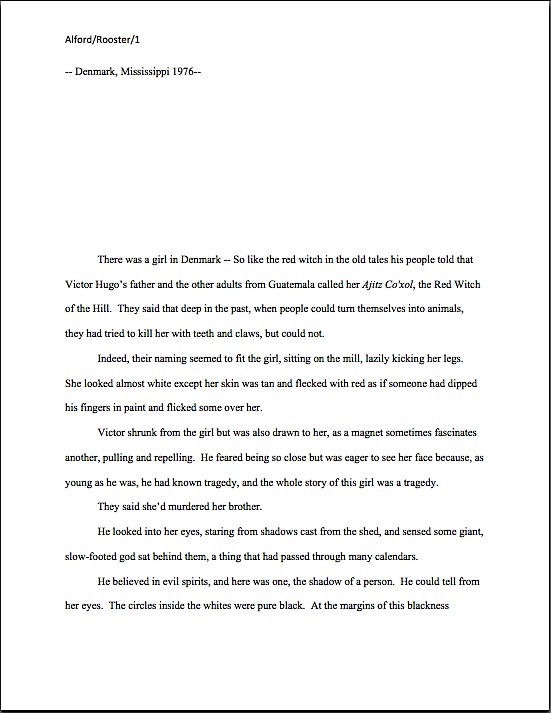
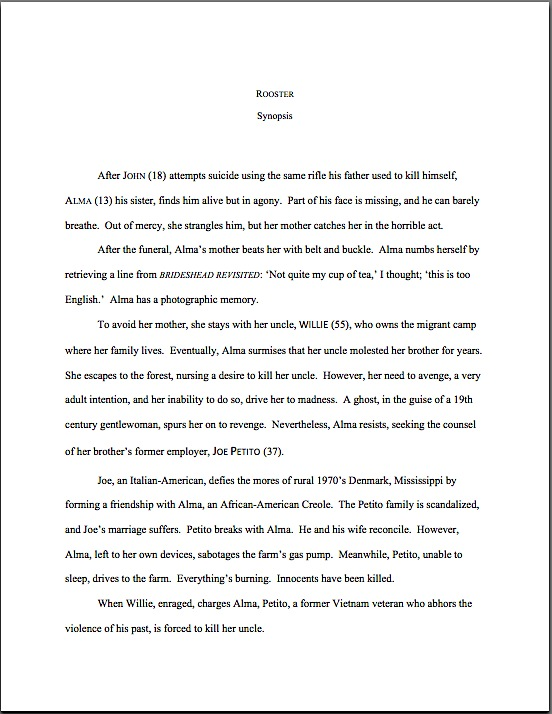





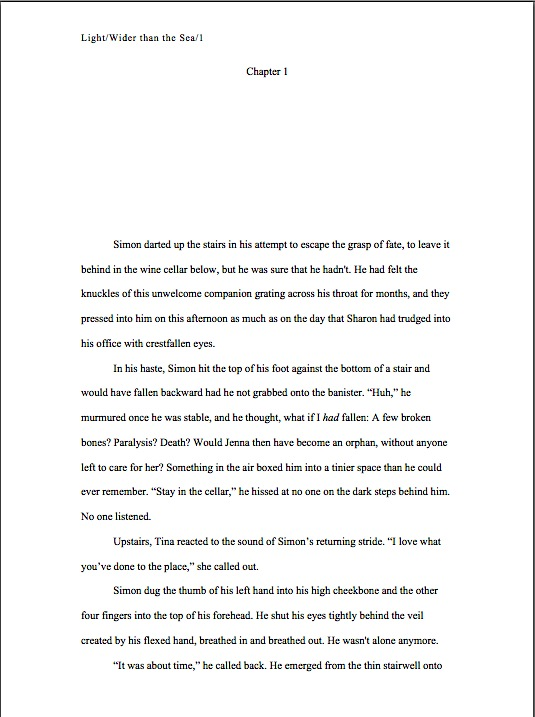
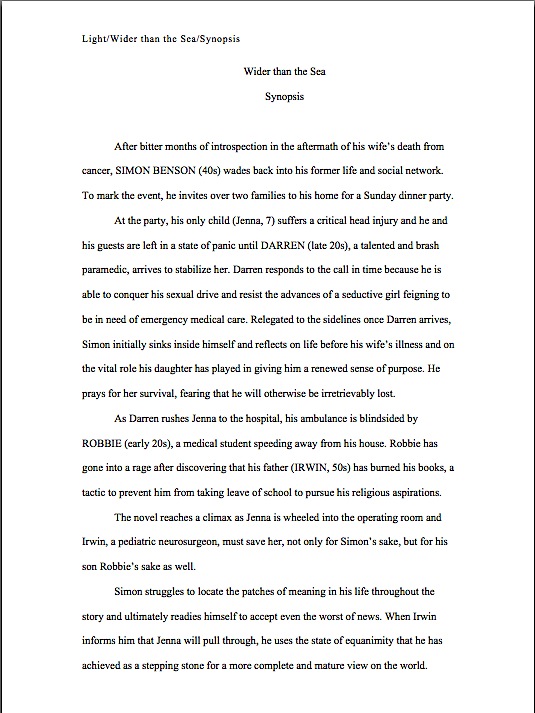
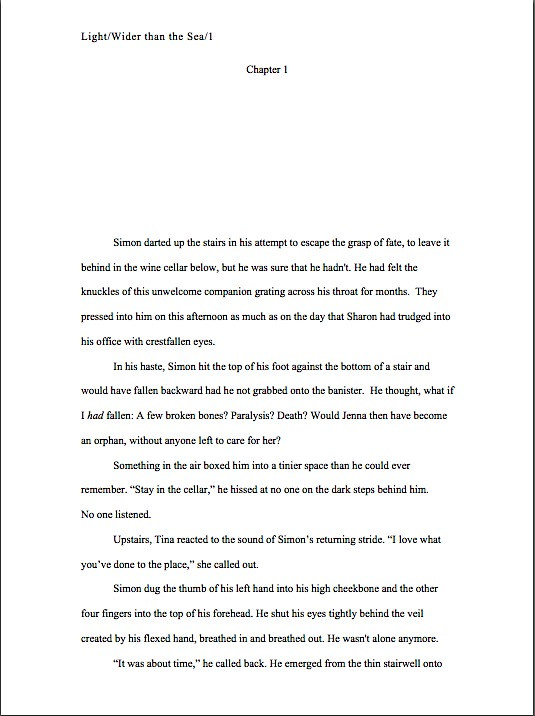
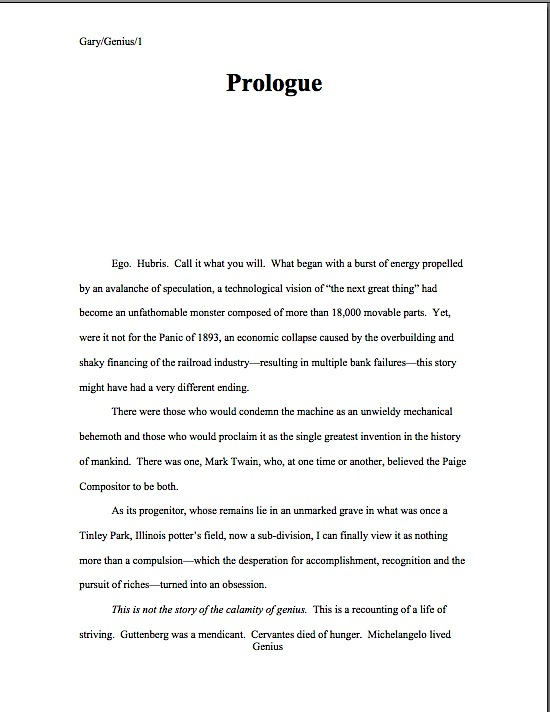
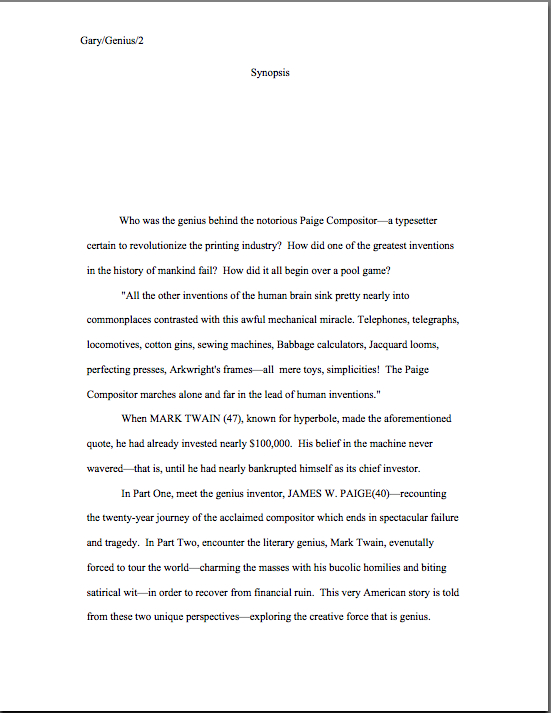
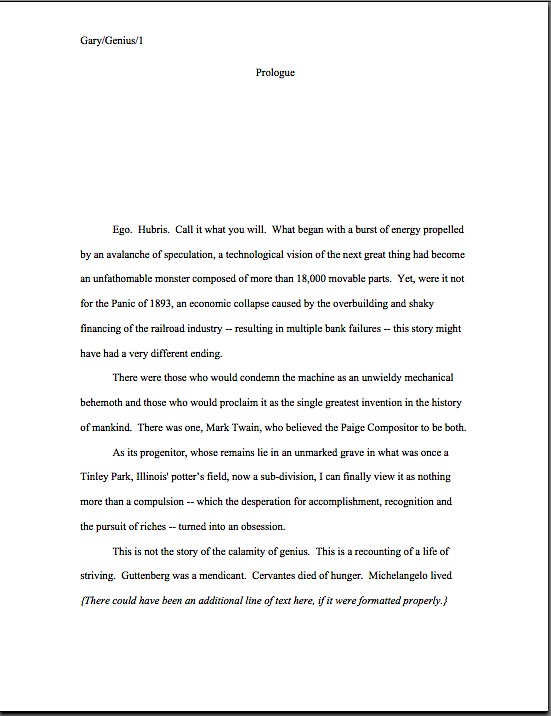



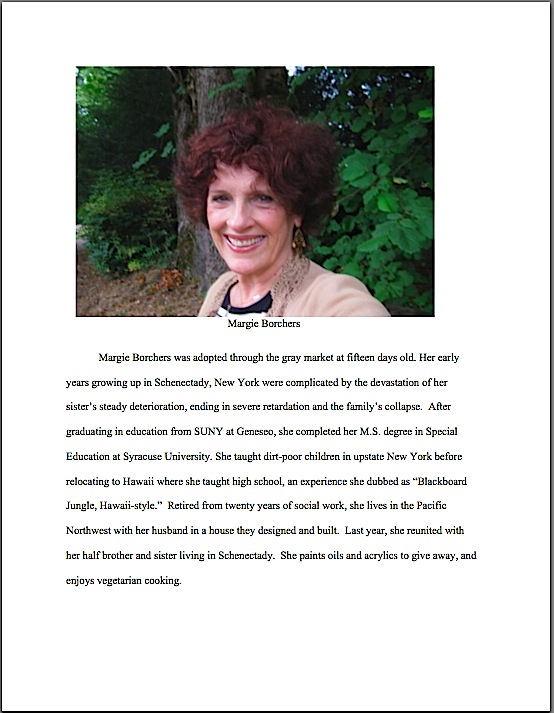
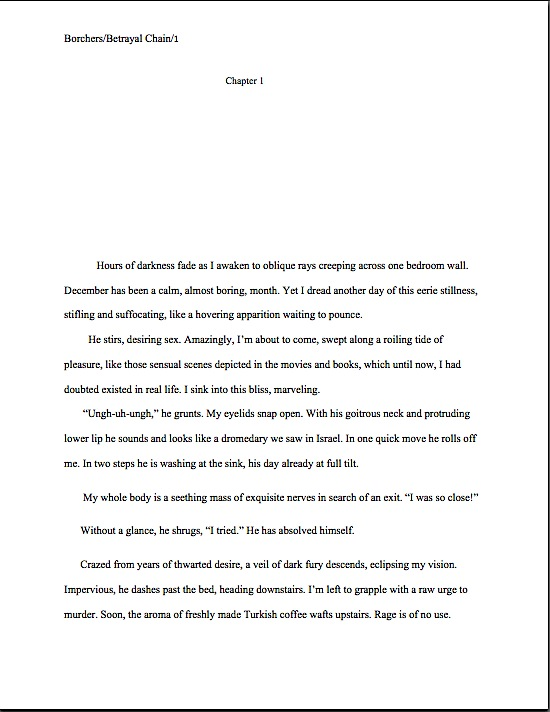
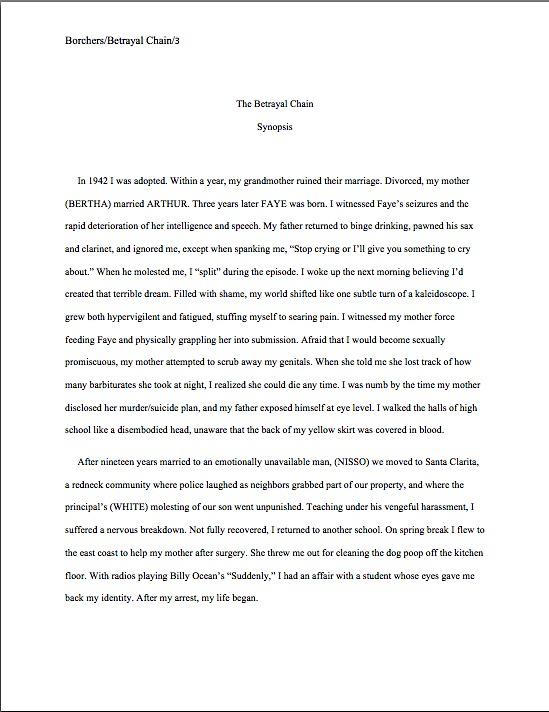
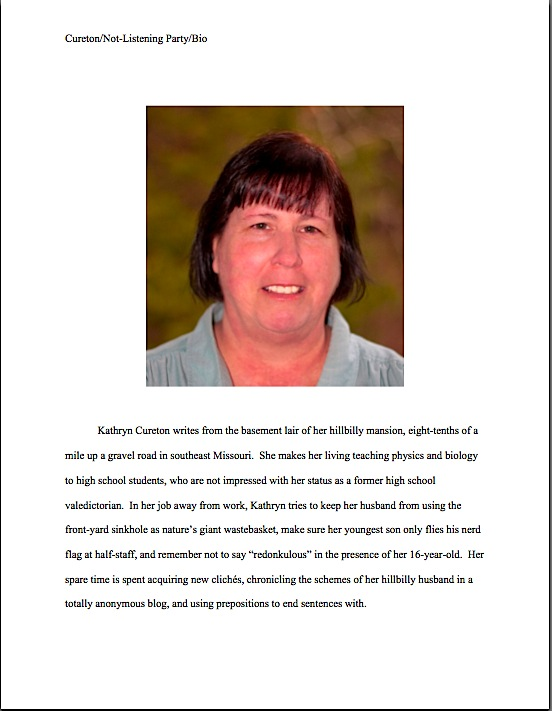
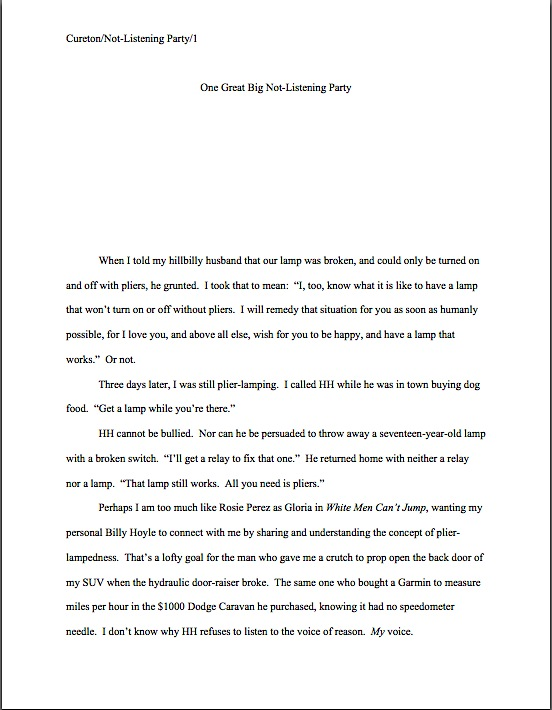
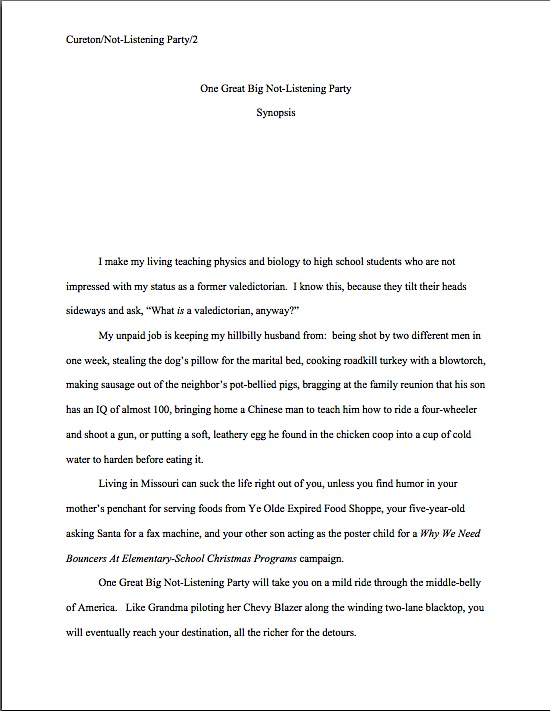

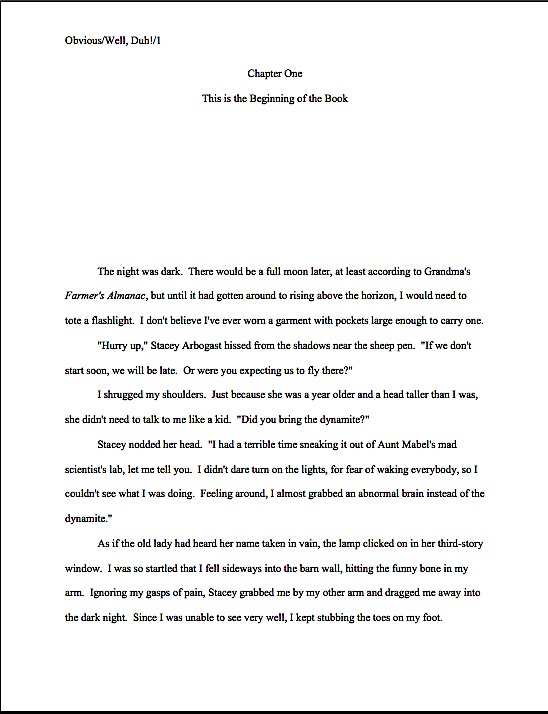
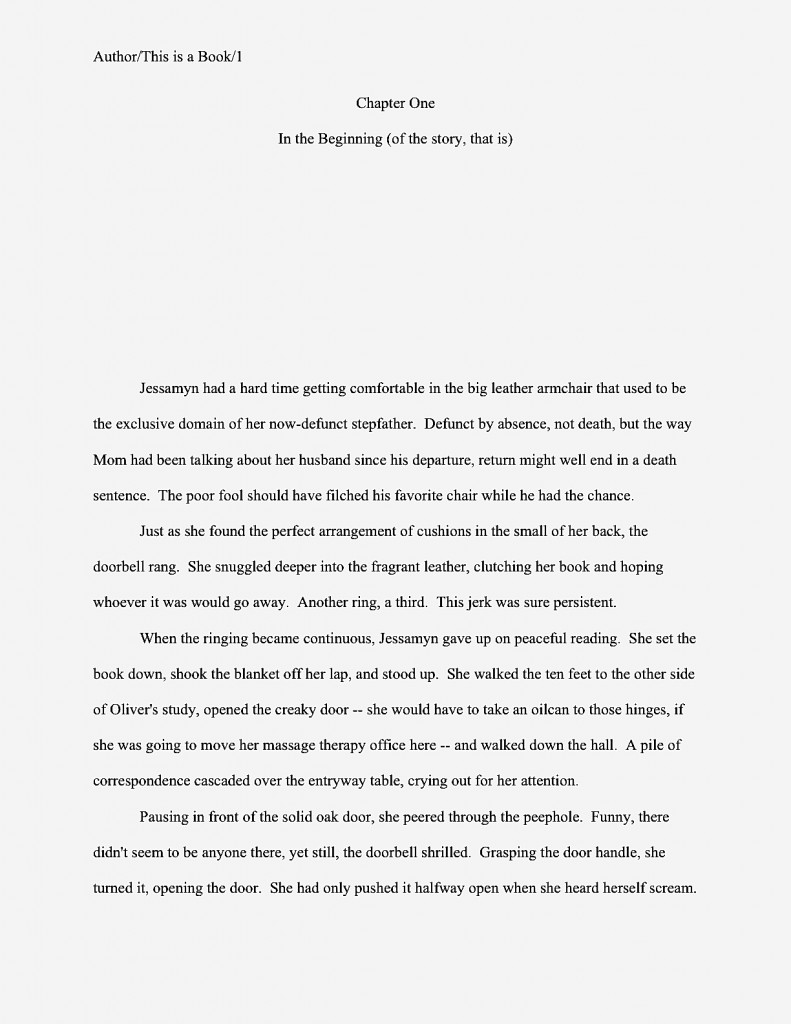
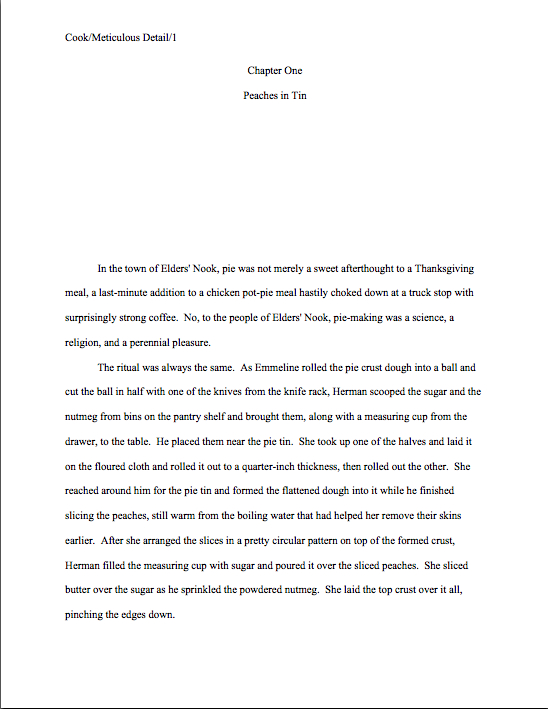



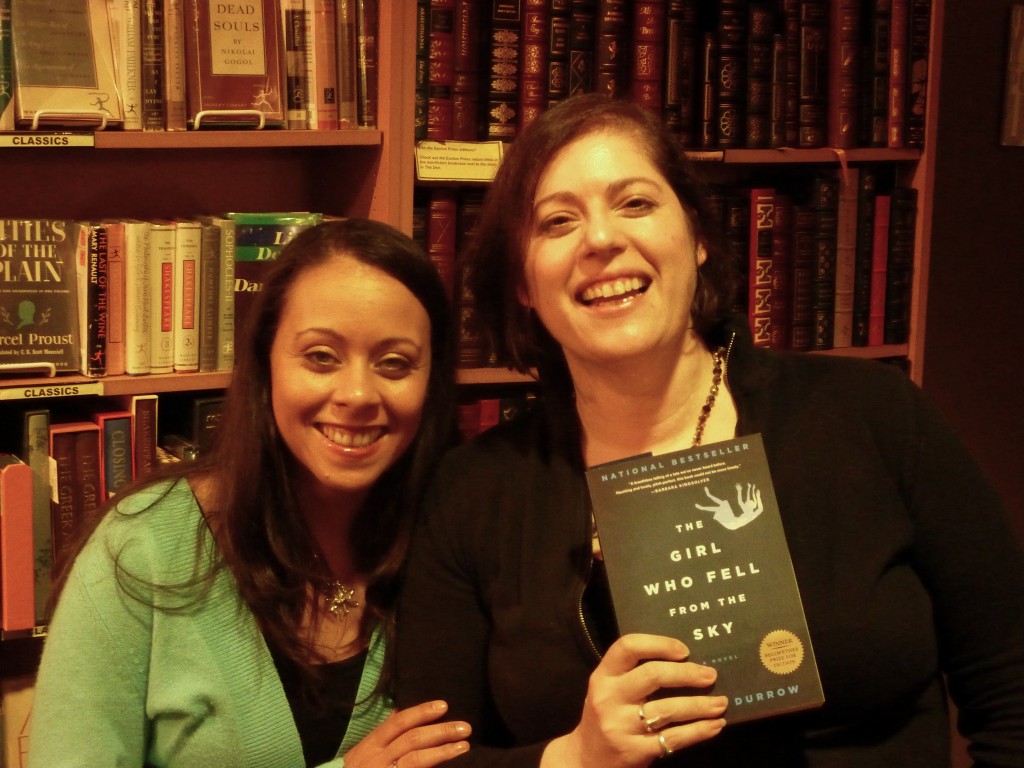
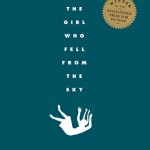 Rachel, the daughter of a Danish mother and a black G.I., becomes the sole survivor of a family tragedy after a fateful morning on their Chicago rooftop.
Rachel, the daughter of a Danish mother and a black G.I., becomes the sole survivor of a family tragedy after a fateful morning on their Chicago rooftop. 
